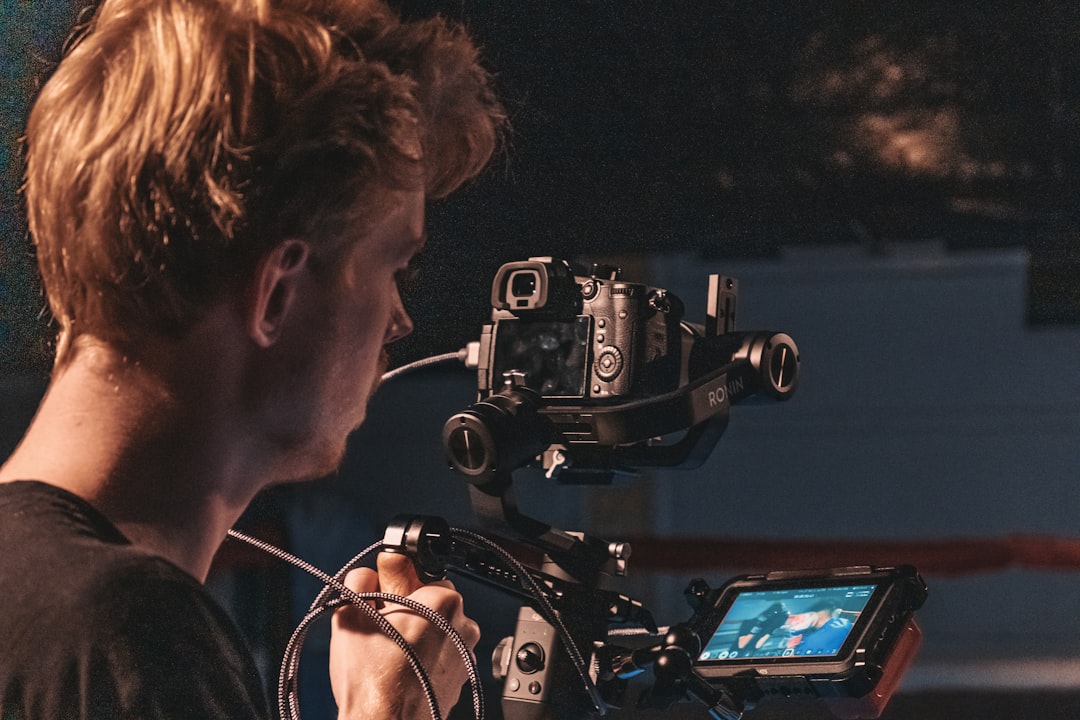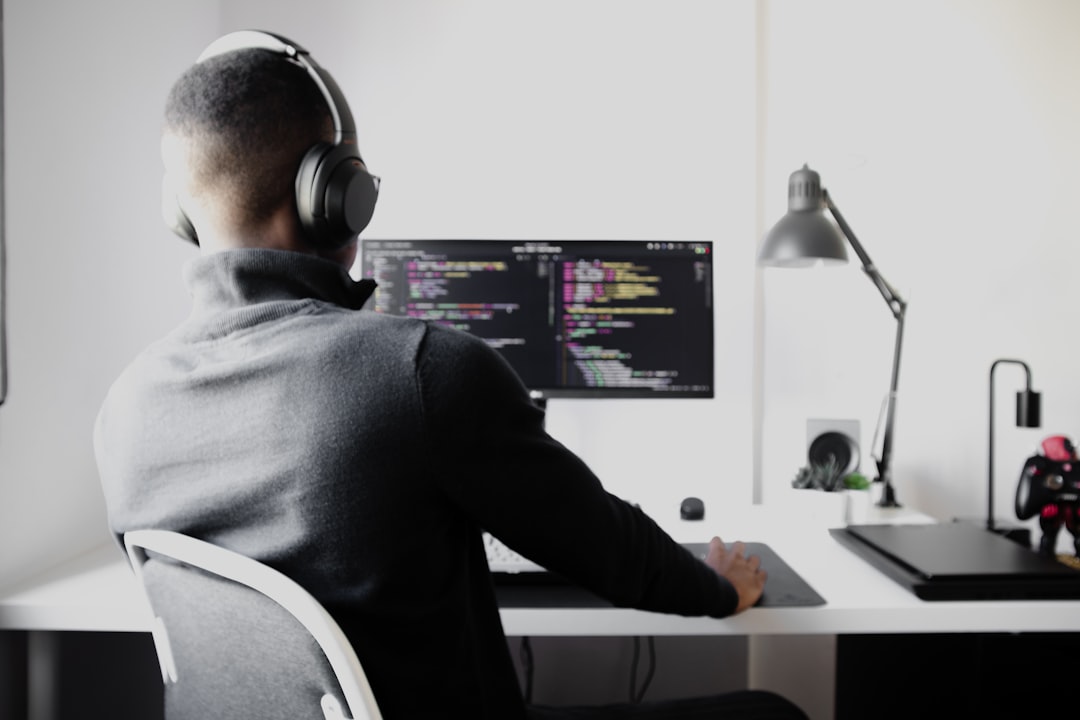**Protesting is a powerful way to voice your opinion and fight for change, but it’s vital to prioritize safety during these gatherings.** Understanding what to bring, how to behave, and what to avoid can not only protect you but also enhance the effectiveness of the protest itself.
Before heading out, one of the most essential steps is to plan thoroughly. Start by researching the event you’re attending. Know the route, the organizers, and what the goals and affiliations are. Check for any special guidelines or rules for participants. Many protests have designated marshals or organizers who can provide direction and updates.
When it comes to what to bring, some items can make a significant difference in both safety and comfort. Carry a small backpack or bag, ensuring it’s not too bulky to comply with security protocols. Pack essential supplies such as water to stay hydrated, snacks for energy, and a basic first aid kit. If the protest is expected to last long or travel far, having a battery pack for your phone can be invaluable for staying connected and sharing updates.
Protective gear, while optional for some, is advisable in certain situations. Items like goggles, masks, or scarves can protect against pepper spray or tear gas, which are sometimes used by law enforcement to disperse crowds. In addition, wearing comfortable, non-restrictive clothing and sturdy shoes will prepare you for a lot of walking or standing, reducing fatigue.
Equally important is knowing what to do during the protest itself. Move with the crowd, follow directives from organizers or marshals, and keep a steady awareness of your surroundings. If tensions rise, try to remain calm. Documenting what’s happening with your smartphone can be useful for your records or evidence but remember the responsibility and implications of sharing such content publicly.
It’s also crucial to know what to avoid. Steer clear of areas that are reported as potentially volatile, and avoid engaging in confrontations with law enforcement or counter-protesters. Avoid carrying anything that could be considered a weapon. Keep aware of your rights, yet comply politely with police instructions during security checks or questioning.
In today’s age of digital surveillance, be mindful of your digital security as well. Consider turning off face recognition, disabling location services, or using encrypted messaging to protect your personal information. After the protest, it’s a good idea to check back with the organizing groups for debriefing and any follow-up actions necessary to continue pushing for the protest’s cause.
**In conclusion, protesting safely involves careful preparation, smart decision-making on-site, and considerate actions that respect both the law and the message you’re supporting.** As more individuals join in these collective calls for change, the shared goal remains: to be seen, heard, and ultimately bring about meaningful reform.
Tech Column
How to Protest Safely
















Leave a Reply